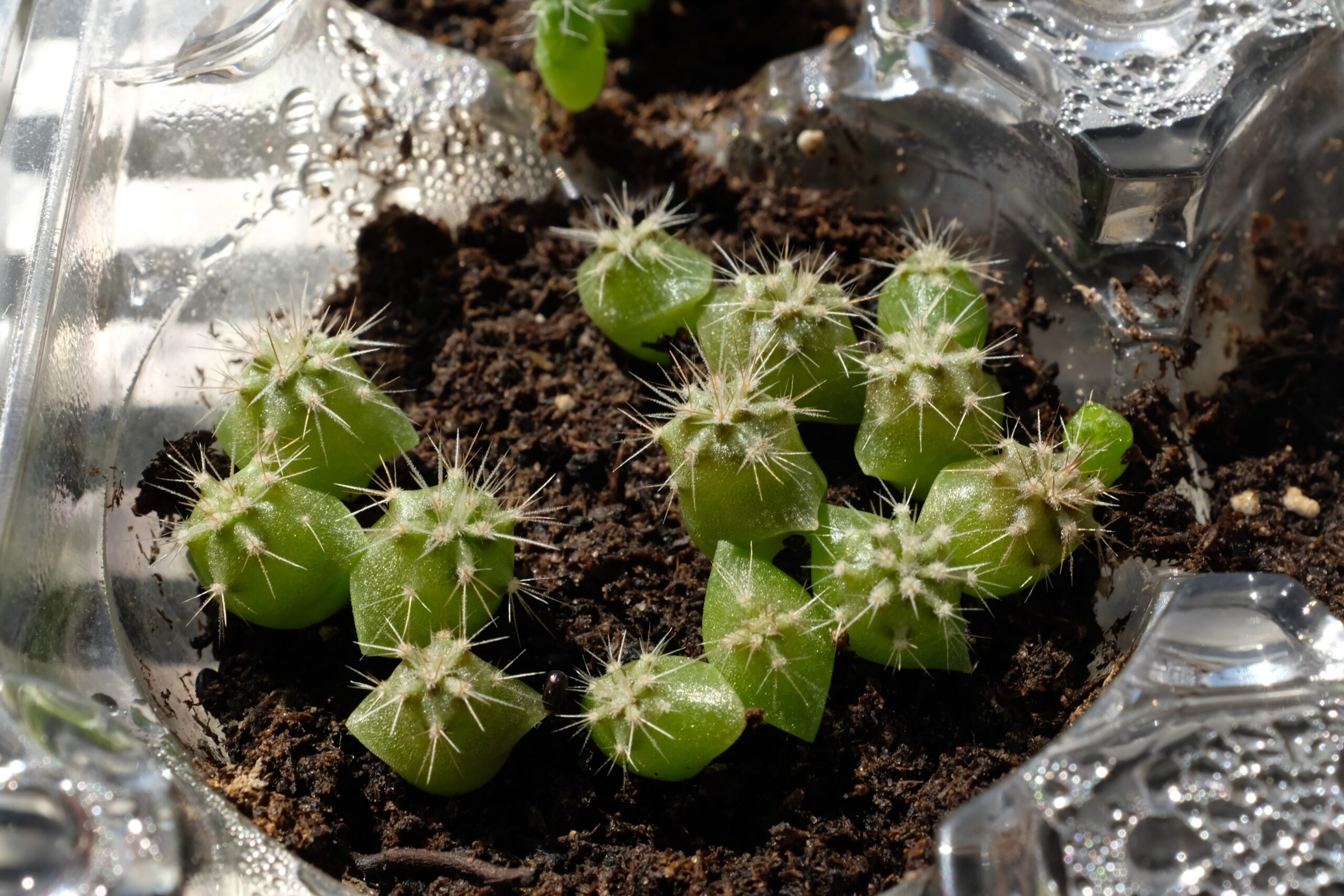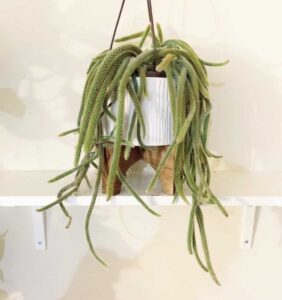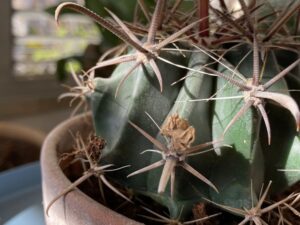In the fascinating world of botany, cacti stand out not only for their alluring shapes and varied appearances but also for their unique reproductive strategies. As a vital aspect of their life cycle, cacti do indeed produce seeds, which are pivotal for the propagation and survival of these remarkable plants. This article delves into the intricate process of cactus reproduction, elaborates on the nature and appearance of cactus seeds, and addresses some common concerns regarding cactus propagation.
Understanding the mechanics of cactus reproduction is essential for enthusiasts and growers alike. The method by which cacti reproduce varies among species, offering a diverse array of strategies to adapt to their often harsh ecosystems. Most commonly, cacti reproduce through sexual reproduction, involving the formation of flowers that become pollinated, leading to seed formation. However, vegetative propagation is also prevalent in many species, allowing cacti to multiply without the need for seeds.
Cacti are primarily pollinated by insects, birds, and, in some cases, even bats. The vibrant colors and enticing fragrances of cactus flowers attract these pollinators, who visit the blooms seeking nectar. During their visit, pollen is transferred from the male anthers of one flower to the female stigma of another, enabling fertilization to occur. This process can vary dramatically, depending on the specific species of cactus as well as environmental conditions.
After successful pollination, the fertilized ovule develops into a seed. The ovary of the flower transforms into a fruit, typically filled with multiple seeds. In some instances, this fruit can be fleshy and edible, as seen in species like the prickly pear (Opuntia), whereas others develop hard, dry capsules. The maturation of these seeds is crucial, as they hold the potential for the continuation of the species.
A key aspect of seed formation lies in the seeds’ appearance and anatomy. Cactus seeds are usually small, hard, and vary in color – from brown to black, depending on the species. The seeds themselves have a protective coat that aids in survival during adverse conditions. Inside the seed is the embryonic plant, ready to germinate when given the right circumstances, which include proper temperature, moisture, and light exposure.
To understand the nuances of cactus seeds, it is essential to recognize when these seeds are typically released. Cacti usually disperse their seeds in late summer or early fall, after the flowers have bloomed and the fruit has ripened. Some species have adapted to possess mechanisms that ensure effective seed dispersion. For instance, certain cacti produce fruits that burst open when dry, scattering seeds across the ground, while others may rely on wind or animal activity to facilitate dispersal.
Cactus seeds have developed an extraordinary array of adaptations to thrive in challenging environments. For instance, many seeds can remain dormant for extended periods, sometimes years, until environmental conditions are conducive to germination. This characteristic is advantageous in arid regions where rainfall may be sparse or unpredictable. It allows seeds to wait for optimal conditions, enhancing their chances of survival and the establishment of new plants.
Aside from sexual reproduction through seeds, cacti also utilize a method known as vegetative propagation, which allows them to reproduce asexually. This can occur through several mechanisms, including offsets or pups, which are small plants that grow alongside the parent cactus. This form of reproduction bypasses the need for seeds and is often faster and more efficient in favorable conditions, allowing for rapid colonization of an area. Some cacti can even regenerate from cuttings, further exemplifying their resilience and adaptability.
When considering the cultivation of cacti, understanding their reproductive processes and seed biology is paramount. Whether one is a seasoned grower or a novice plant enthusiast, having a grasp of these aspects addresses key concerns about propagation. Beginners often worry about how to obtain seeds or how to nurture seedlings once they have germinated. For optimal germination, it is recommended to use a well-draining soil mix, provide adequate but not excessive moisture, and place the seeds in a warm location with indirect sunlight.
Seeds should be sown on the surface of the soil, with a light sprinkling of sand or fine soil to provide a little coverage. Once planted, patience is essential, as germination can take several weeks to months, depending on the species and environmental factors. Maintaining humidity without waterlogging the soil can be achieved by covering the container with plastic wrap or a glass lid to create a greenhouse effect, which fosters favorable conditions for seedling growth.
In conclusion, the world of cactus reproduction is as diverse and intricate as the plants themselves. The journeys from flower to seed, and then to a new cactus, highlight the remarkable adaptability and resilience of these fascinating organisms. By understanding both sexual and asexual reproduction methods, and the nature of cactus seeds, enthusiasts can cultivate these hardy plants with greater success and appreciation for their life’s intricate rhythms. With careful attention to their growth requirements and conditions, the joy of watching new cacti thrive is a rewarding endeavor for any plant lover.




Leave a Comment